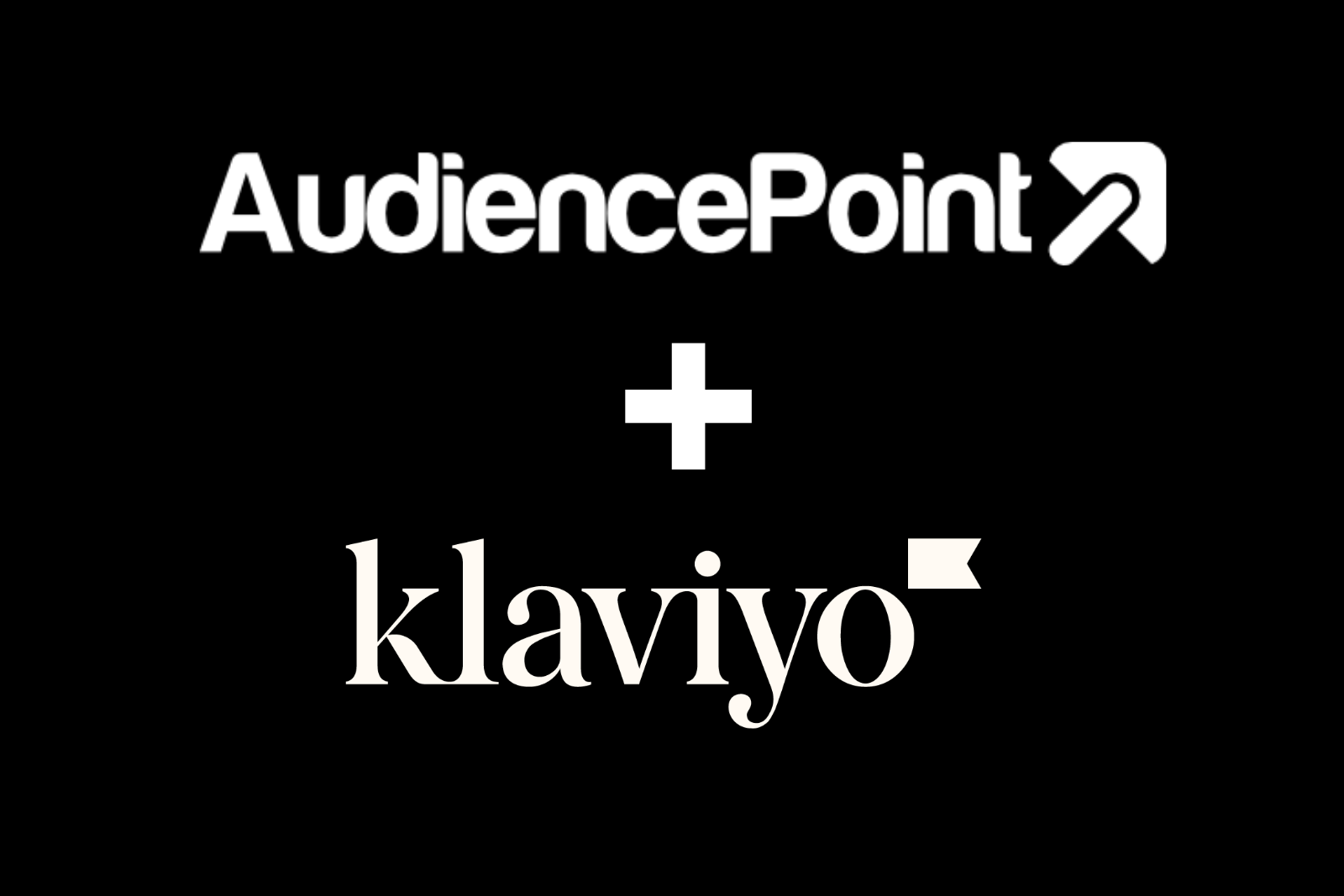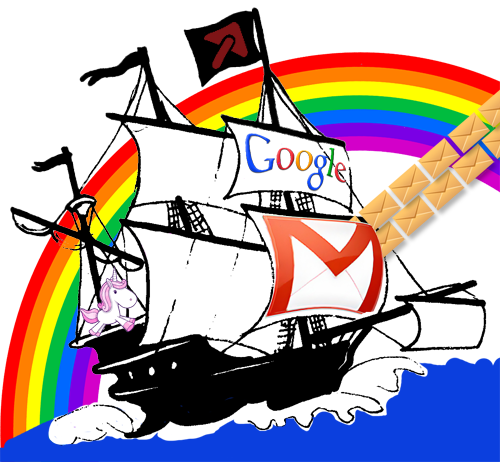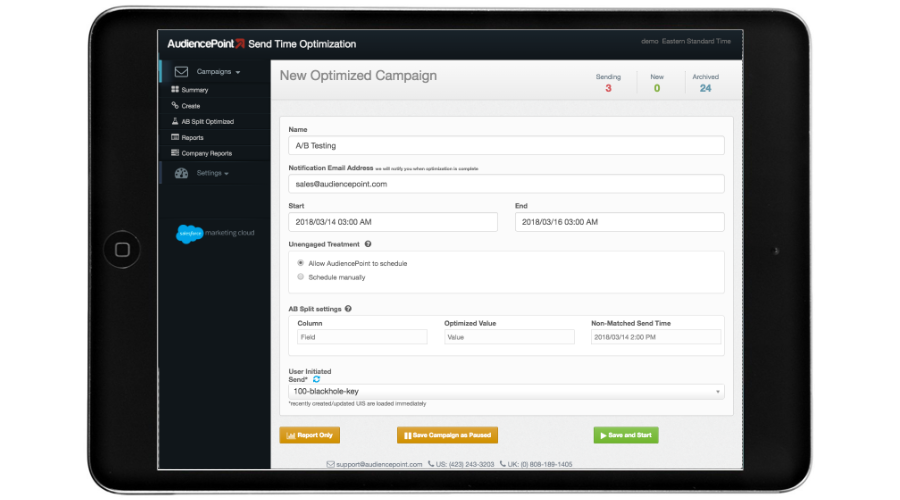AudiencePoint is thrilled to announce our new integration with Klaviyo! AudiencePoint is looking for partners to pilot our...
Email marketing succeeds not through volume but relevance in today’s crowded inboxes. That’s where segmentation becomes essential. At its core, segmentation in email marketing involves dividing your email list into smaller, more targeted groups based on specific variables. These could range from simple demographic details like age and gender to deeper insights like purchase behavior, geographic location, or lifestyle preferences.
Segmentation enables marketers to deliver content that resonates on a personal level, turning generic emails into messages that feel tailor-made. By leveraging segmentation variables effectively, such as behavioral, psychographic, and technographic data, your campaigns can achieve higher open rates, click-through rates, and conversions—while strengthening your audience’s connection with your brand.
In this article, we’ll dive into the key segmentation variables in email marketing and explore how they unlock the potential of personalized campaigns. Whether you’re tailoring messages to re-engage dormant customers or customizing offers for eco-conscious shoppers, segmentation is the key to driving meaningful engagement and maximizing ROI.
What Is Segmentation In Email Marketing?
Email marketing is a powerful tool, but its effectiveness hinges significantly on how well you target your audience. This is where segmentation comes into play. Segmentation in email marketing is the process of dividing your subscriber list into smaller, more defined categories based on specific criteria. Segmentation allows you to deliver more personalized and relevant content in crafting an effective email marketing strategy. These criteria can range from demographic information such as age and gender to more complex data like purchase behavior and engagement levels.
Definition and Importance of Email Segmentation
Segmentation helps in creating more personalized email campaigns, which can drastically improve your open rates, click-through rates, and overall engagement. By tailoring your messages to meet the needs and preferences of different segments, you increase the relevance of your emails, making it more likely that recipients will respond positively.
Overview of Personalized Email Campaigns
With segmented lists, you can craft email content that speaks directly to each group’s interests and circumstances. For instance, a fitness brand might send different newsletters to young adults interested in bodybuilding compared to middle-aged individuals focused on wellness and health maintenance.
Benefits of Segmentation in Email Marketing
One of the primary benefits of segmentation is customer targeting. By segmenting your list, you ensure that your emails are reaching the right people with the right message. This not only enhances the customer experience but also boosts your conversion rates. Additionally, segmentation allows for better tracking and analysis, helping you to refine your strategies over time and achieve better ROI.
What Are Variables In Email Marketing?
Email marketing variables serve as the building blocks for creating personalized and effective email campaigns. By understanding these variables, marketers can tailor their messages to resonate more deeply with their audience, ultimately driving higher engagement and conversion rates.
Types of Data Used for Segmentation
Email marketers utilize various types of data to segment their audiences. These data types can be broadly categorized into behavioral, demographic, geographic, and psychographic data. Each category provides unique insights into customer preferences and behaviors, enabling marketers to craft targeted and relevant content.
Behavioral Data
Behavioral data includes information on how customers interact with emails and websites. Metrics such as open rates, click-through rates, purchase history, and browsing patterns fall under this category. By analyzing this data, marketers can identify active subscribers, understand their interests, and send tailor-made offers or content that are more likely to convert.
Demographic Data
Demographic data encompasses attributes such as age, gender, income, occupation, and education level. This information helps in understanding the general characteristics of an audience. For instance, a campaign targeting young professionals will differ significantly from one aimed at retirees. Leveraging demographic data ensures that the message and tone of emails are relevant to the recipient’s profile.
Geographic Data
Geographic data involves the use of location-based information to tailor email content. This can include a customer’s country, state, city, or even neighborhood. Geographic segmentation is particularly useful for businesses with physical stores or region-specific offerings, allowing them to promote local events, offers, or products that cater to the preferences of users in specific regions.
Psychographic Data
Psychographic data delves into the interests, values, attitudes, and lifestyles of customers. This type of data helps in understanding why customers behave the way they do. Psychographic segmentation allows marketers to align their messaging with the beliefs and needs of their audience, creating resonant and emotionally appealing campaigns. Whether it’s promoting environmentally friendly products to eco-conscious consumers or luxury items to affluent customers, psychographic insights play a crucial role.
What Are The 4 Market Segmentation Variables?
Email marketing is a powerful tool when coupled with effective market segmentation. The essence of market segmentation lies in dividing the customer base into distinct groups, or segments, that share similar characteristics. By understanding and utilizing these segmentation variables, email marketers can create highly personalized and relevant campaigns that resonate with specific customer segments.
Demographic Segmentation
Demographic segmentation involves dividing the market based on demographic factors such as age, gender, income, education, and occupation. These variables are typically straightforward to collect and provide concrete data points for developing targeted email strategies. For example, younger audiences might respond more positively to visual and interactive content, while older demographics may prefer more detailed and educational content.
Geographic Segmentation
Geographic segmentation focuses on dividing the market based on location. This can range from countries, states, regions, and cities to even neighborhoods. Understanding geographical preferences allows marketers to tailor email content that is relevant to local cultures, languages, and purchasing habits. Seasonal promotions, local events, and region-specific offers are examples of how geographic segmentation can be used effectively in email marketing.
Behavioral Segmentation
Behavioral segmentation involves segmenting customers based on their behaviors, such as purchase history, product usage, and engagement levels. This approach helps identify the most engaged customers and tailor messages that drive action. For instance, lapsed customers can receive re-engagement campaigns, while high spenders might be targeted with loyalty programs and exclusive offers. Behavioral data provides insights into what customers value and how they interact with the brand, making it a crucial component of the segmentation strategy.
Psychographic Segmentation
Psychographic segmentation goes deeper into the lifestyle, personality traits, values, opinions, and interests of the customer. This type of segmentation is more qualitative and helps in creating emotional connections with the audience. Marketers can craft messages that align with the customer’s lifestyle choices and personal beliefs, resulting in stronger brand loyalty and higher conversion rates. For example, targeting eco-conscious customers with sustainability-focused content can create a deeper resonance compared to generic messages.
By understanding and leveraging these four primary segmentation variables, email marketers can create more effective and personalized campaigns that not only increase engagement but also drive higher conversions and customer loyalty.
What Are The 5 Segmentation Variables?
Understanding the Five Key Segmentation Variables
In the realm of email marketing, understanding and utilizing segmentation variables effectively can significantly impact the success of your campaigns. These variables allow marketers to tailor their efforts to specific audience groups, leading to higher engagement and better results.
Demographic Segmentation
Demographic segmentation involves dividing your audience based on quantifiable characteristics such as age, gender, income level, education, marital status, and occupation. This method is widely used because such metrics are easy to obtain and analyze. For instance, a product aimed at young professionals would benefit from targeting individuals within the 25-34 age bracket who have a certain level of disposable income.
Geographic Segmentation
Geographic segmentation divides the audience based on physical location. This could be on a global, national, regional, or even city level. Location-based targeting is particularly useful for businesses with physical stores but can also be applied to those providing location-specific services or running localized promotions. Understanding where your customers are allows you to tailor your messaging and offers according to regional preferences or climates.
Behavioral Segmentation
Behavioral segmentation focuses on the actions and behavior of customers. This includes purchasing habits, browsing behavior, and previous interactions with your brand. Segmenting your audience based on behavior enables highly personalized email marketing campaigns. For example, sending abandoned cart reminders to users who added items to their cart but did not complete the purchase can significantly enhance conversion rates.
Psychographic Segmentation
Psychographic segmentation goes deeper into the audiences’ interests, lifestyles, values, and personality traits. This variable is particularly powerful for creating highly personalized and engaging content. By understanding what drives your customers, you can create more compelling marketing messages that resonate on a deeper emotional level.
Technographic Segmentation
Technographic segmentation is increasingly important in today’s digital age. It involves categorizing consumers based on their use of and interaction with technology. By understanding the tools, applications, and platforms your audience uses most frequently, you can tailor your email content to be more relevant and engaging to their technological preferences.
Leverage these five segmentation variables effectively to enhance your email campaigns’ precision and relevance. By understanding your audience beyond basic demographics, you forge stronger connections and drive better results.
Unlock the power of data-driven email marketing with AudiencePoint’s advanced segmentation tools. Our platform empowers you to optimize engagement, improve deliverability, and maximize your revenue through precise audience targeting. Contact the AudiencePoint team today!





